The best cycling smartwatch is the Garmin Fenix 6 with offline maps, great analytics, ANT+ and Bluetooth, and a super long battery life.
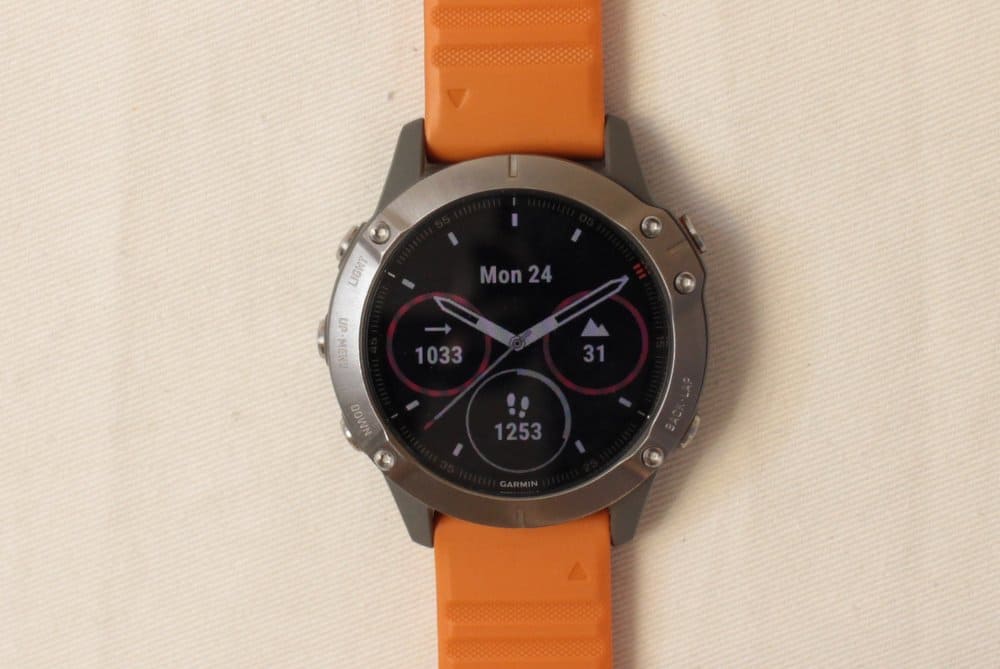
If you tried to buy a bicycle in summer 2020, you might have noticed that there was a shortage of bikes everywhere.
Luckily when it comes to smartwatches, there isn’t a shortage of good smartwatches for cycling. In fact, if you have the 6, you really don’t need to head out and buy another smartwatch, since it’s still the best smartwatch for cycling.
Another competitor that you might want to consider is the new Polar Grit X which also works really well as a smartwatch for cycling.
Contents
6, still the best
This year’s winner hasn’t changed since last year. It’s still the 6.
I still love it because it has some of the best features for many sports. It has a reliable , acts as a and can also double up as a or , assuming you’re into those kind of sports.
The reason why I really like this as a cycling has been reinforced over time. First off, it has a long . This is really great if you are a long distance cyclist, touring cyclist or just someone who doesn’t like charging your every day.
I commute by bike and send it on my mountain bike, on these two activities, the 6 has been the best smartwatch for cycling.
The other aspect as to why I like this is the offline maps. When I am bike commuting or mountain biking, it’s nice to have a map on my wrist all the time. Bike commuting is much easier because the 6 can help plan a route for you without the need for internet and when you’re mountain biking, you can explore new trails without having to bring your phone out. Just be aware that the offline map is a feature that’s not available on the base model of this .
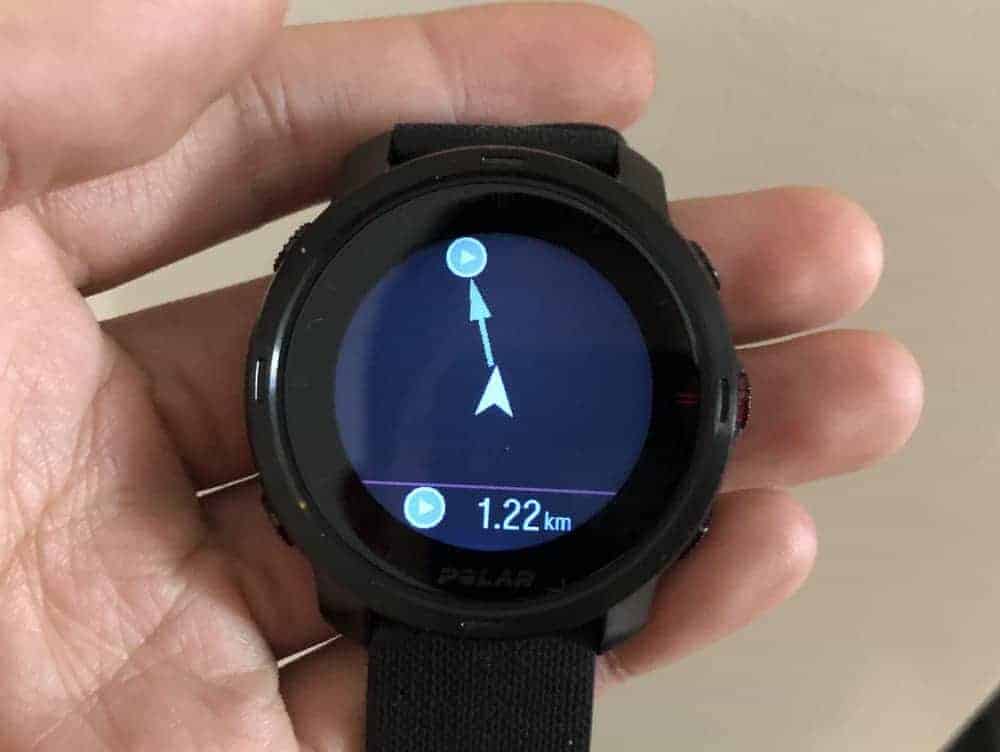
Polar Grit X
The Polar Grit X is a great smartwatch that has some really interesting features for a cyclist.
Polar makes watches that are really great if you want a to improve your overall health and it’s especially useful if you are a runner. Nonetheless, the Polar can give you a lot of information that can help you improve your cycling performance.
One notable feature that’s in the Polar Grit X is the route navigation feature which you can use to find your way while commuting. It’s a bit more troublesome than the 6’s offline maps as you have to create the route on your computer before you can use it to navigate, but it’s nice to have nonetheless.
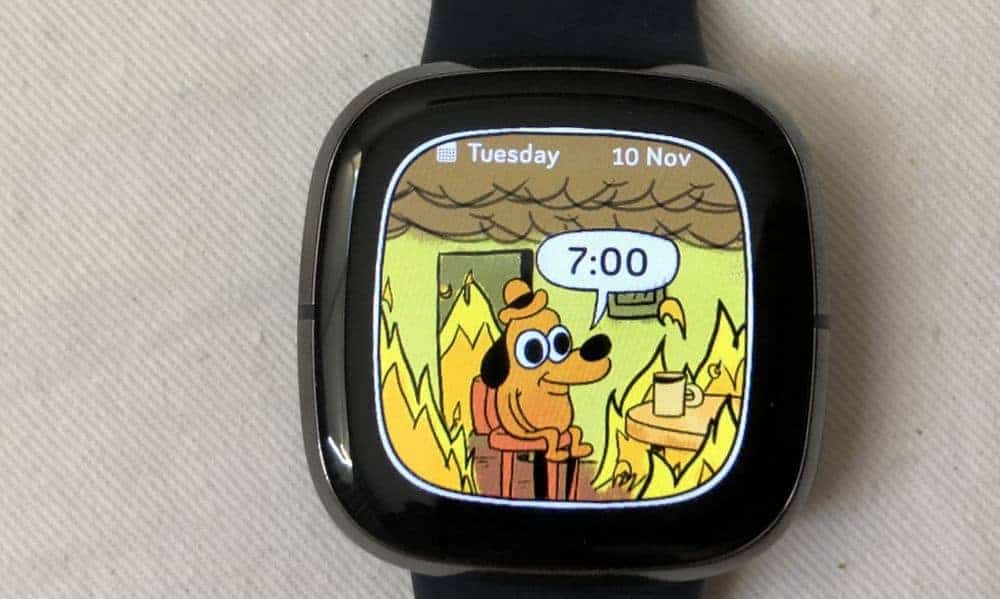
Fitbit Sense or 3
As a a cyclist, you’d find these watches to be the same in terms of their cycling specific features. But the reason why I have included these two watches together is because they are so much better than their predecessors, the 2.
Why? Because the Fitbit Sense and Fitbit Versa 3 are GPS watches. The Fitbit Versa 2 had no GPS and as such it could sometimes be a pain to use because you had to always carry your phone around to get location data. No longer!
Otherwise, I like these watches because they have a good blend of productivity functions and they function as a really good all round and .
Best Smartwatch for Cycling 2020

The best smartwatch for cycling is the best smartwatch for sports? Right?
Yes, but a sports smartwatch might not be what’s best for you, given the sacrifices. There are other watches out there that can do most of what my favourite sports smartwatch can do and the only trade off are the advanced analytics and coaching programs.
On a side note, did you notice that watches that come with an orange strap are usually made for sports?
My favourite sports smartwatch
I wear the Garmin Fenix 6 Sapphire almost on a daily basis. It has an orange strap. Very garish.
It’s not very comfortable. It’s also very big. But it’s features are just incredible.
The COVID-19 lockdown has caused me to be an outdoors enthusiast. I workout multiple times a week and I really enjoy knowing how I performed.

I love the analyses that you can get from the Garmin Fenix 6. One of the metrics I really keep an eye on is the aerobic/anaerobic impact meter.
It tells you whether your workout has any effect on those exercise zones. It’s either no effect, some degree of effect or overexercising.
It makes me really glad when I get both zones in the “highly impacting” areas. It feels like getting tons of likes on Instagram. Or getting a spike in Google Analytics. Or maybe it’s like a PE teacher commending my athleticism. That last one has never happened before.

Garmin’s maps are excellent and in my opinion it really helps by giving you an idea of where you are or where you need to go without having to take your smartphone out. Note that you have to buy the Pro or Sapphire edition in order to get the map function.
I really hate taking my Samsung Note 9 out of my pocket. It’s huge and sometimes can be difficult to stuff into jeans pockets.
So, the Garmin Fenix 6 Sapphire’s maps really help with that. First off, they are offline maps so you can use them even if you don’t have a data connection.
This contrasts deeply with maps of other platforms. Google Maps and Apple Maps, on Wear OS smartwatches and Apple Watches respectively, also offer great maps but they do require you to have a data connection.
Road biking, mountain biking with Garmin’s maps
If you’re like me and exploration is something that excites you, then Garmin’s maps will be very useful when you are road biking and mountain biking.
What I love about it is how the maps have brought me so much convenience. Again, it’s about not needing to refer to my oversized smartphone.
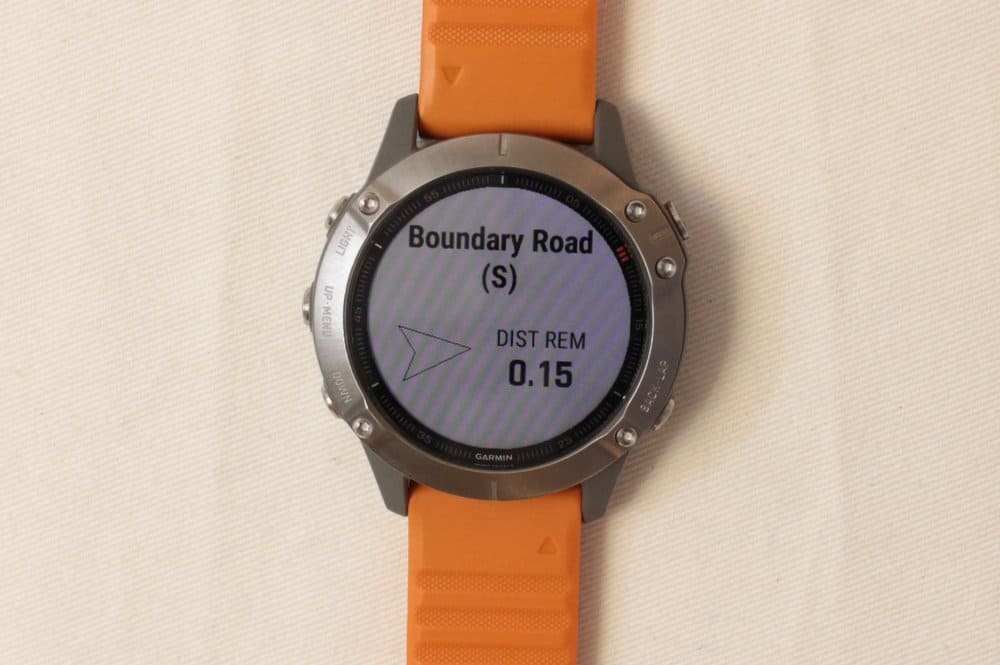
As a bike commuting enthusiast, sometimes I have to go to unfamiliar places in order to meet friends or attend events (pre-COVID-19, of course). The Garmin Fenix 6 is able to give you directions to your destination by prioritizing bike lanes and less trafficked roadways.
Though I must say that sometimes the navigation can be quite unrefined. Sometimes, it wants you to go straight, but will somehow ask you to make a short turn to the right, then to the left, then to the right again. Your best bet is to follow the map rather and use the turn-by-turn navigation as a reference.
But hey, I still appreciate having a navigation system on my wrist. Particularly when I go mountain biking.
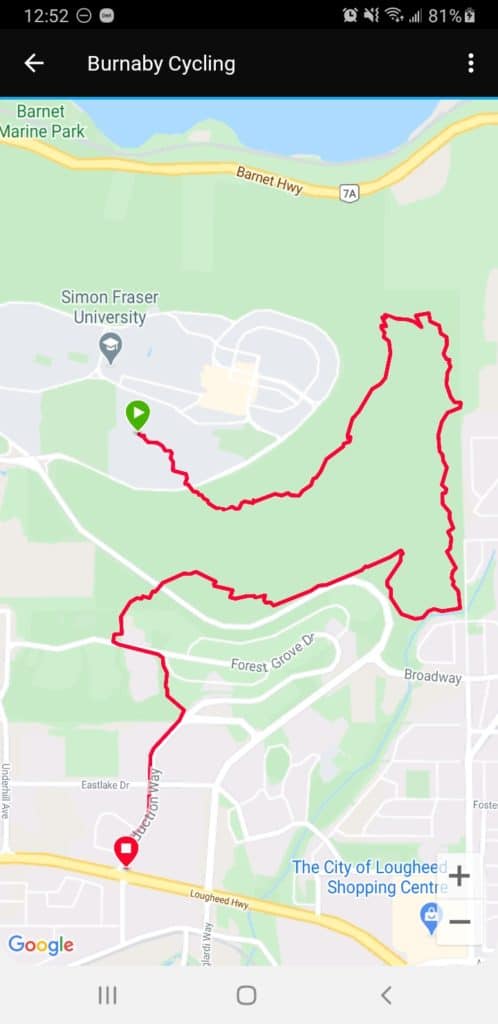
While Trailforks is still superior because it can tell you the difficulty rating of the trail, I like the convenience of having a reference on my wrist.
Mountain biking is as such when you go to an unfamiliar mountain: take the first pedal down a trail and then gravity takes you down most of the way. All of a sudden, the trail is over and you’ll be in the open with asphalt or gravel in front of you.
Asphalt and gravel are boring. I want to be on the next trail where I can feel on the edge again.
So, I would refer to my Garmin Fenix 6. It’ll tell you if there’s a trail nearby and the topography around it. The latter really helps if you don’t feel like climbing a 8% gradient.
So, as a biking enthusiast, I really love the maps function. It helps me get to my destination in the city when I’m commuting and it also helps me get closer to my final destination in life when I take on a double black trail without proper training or gear. Trailforks still has its place because the Garmin maps do not mark out the difficulty of trails. So be careful.
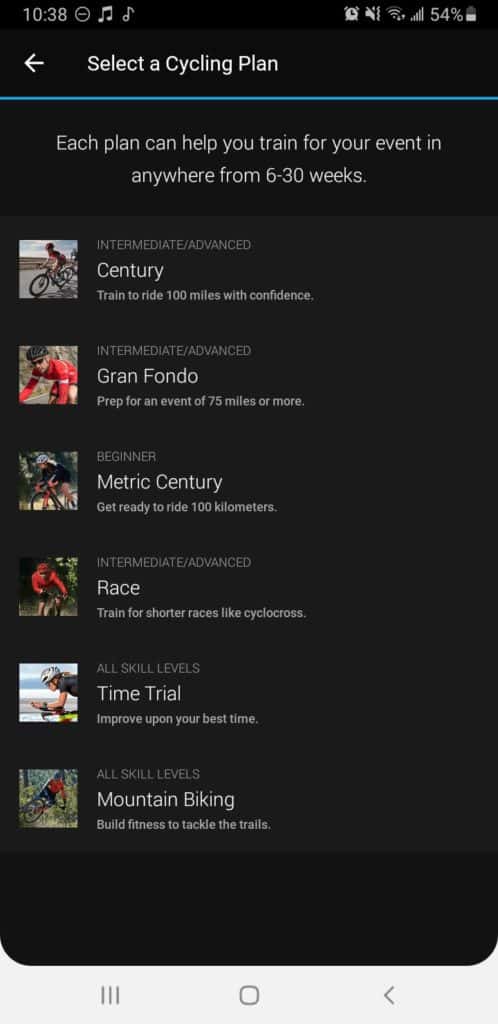
Coaching features
The Garmin Connect smartphone app that accompanies the Garmin Fenix 6 has a coaching feature that is specifically for cyclists.
You can set up a training plan for distance races like centuries, races like cyclocross, time trials or mountain biking.
It’ll create a plan based on your current activity levels, your availability and a planned race date.
Thereafter, you can sync these plans to the smartwatch which will help you pace your workouts.
ANT+ and Bluetooth
The Garmin Fenix 6 accepts connections using ANT+ or Bluetooth to external accessories that help you measure certain metrics more accurately.
One measurement the Fenix 6 tracks is temperature, and it’s always inaccurate because your body heat affects the reading, but Garmin sells the Garmin Tempe which is an external sensor that will give you an accurate reading of external temperatures.
More specifically to cycling, Garmin sells a host of interesting products that pair with the Garmin Fenix 6 such as the Garmin Vector 3 clipless pedals. The base model Vector 3 is a power meter that senses cadence while the upgraded Vector 3 with Cycling Dynamics can do more such as track left/right balance, where on the crank’s revolution you generate torque and other very detailed information.
I think that will appeal to certain folks if you’re as data-driven as I am. The only problem is that those pedals cost as much as the Garmin Fenix 6.
Having ANT+ and Bluetooth really opens your options up as to the accessories you want to pair to.

Screen & battery life
What I really love about this watch is it’s super long battery life.
It lasts for days and days even if you’re tracking exercises. Even if you wear it 24/7 with heart rate tracking turned on.
What really helps this watch last for days and days is its LCD screen that uses ambient light to keep things visible.
That means you’ll only use the backlight when it’s too dark. Contrast this with most smartwatches which use AMOLED screens that require constant backlighting. Meaning if you do your workouts in the sun, your battery life will suffer.
With Wear OS watches, you’ll be charging it daily because of their LED screens.
Whereas with the Garmin Fenix 6, charging it weekly is not an uncommon thing, which is quite uncommon for a smart device.

Why the Fenix 6 and not the Polar Vantage V?
The Polar Vantage V is a great smartwatch but not my preferred sports smartwatch.
It has a touchscreen unlike the Fenix 6. But its touchscreen is pretty bad, so much so I sometimes would rather hazard a guess at which one of its five buttons is the right one to press. The Fenix 6 has the same amount of buttons and sometimes I end up making guesses too.
One main difference for sport gadget enthusiasts is the lack of ANT+. That means that you can’t pair the Polar Vantage V with a lot of sports accessories. This is a real bummer if you have stuff like power meters for your bike.
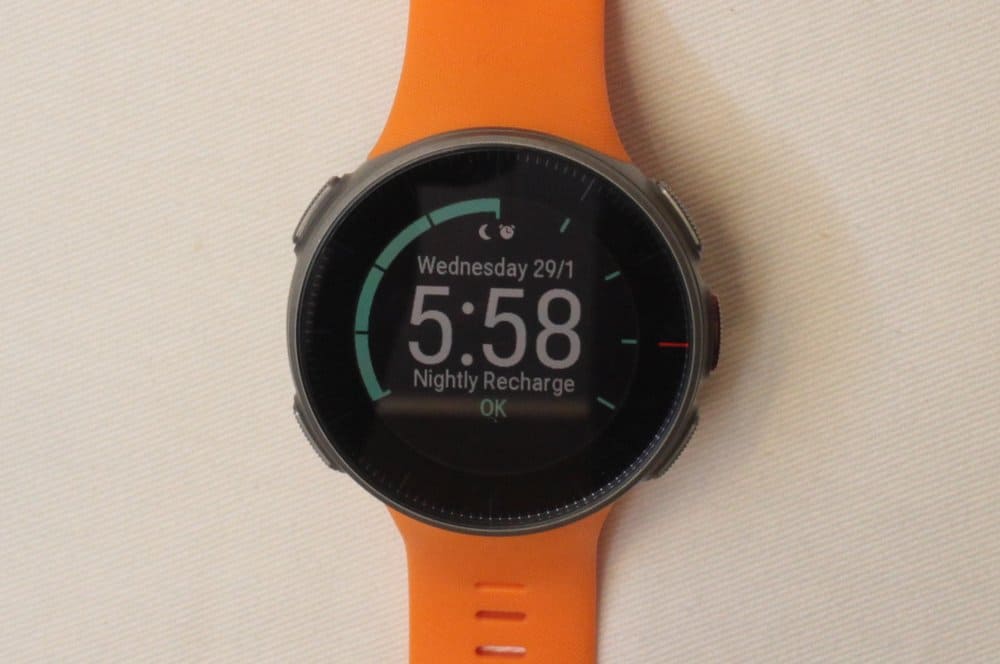
And remember how much I liked maps on the Garmin Fenix 6? Well, there isn’t anything like this here. Even cheap Wear OS watches have this feature so it’s a bit of a pity that the Polar Vantage V doesn’t.
In fact, the Vantage V has no app store. Pretty much what you get when you first unbox the smartwatch is what you’ll have for its lifespan. Polar did implement some new features in past updates such as the breathing timer app.
One little annoyance I have with the Vantage V is that there’s no way to turn off the watch. So I end up with a watch that’s always drained because I am reviewing some other watch and left it alone.
Another minor difference is that the Polar Vantage V does not have a NFC chip and therefore you can’t use contactless payments as you could with the Fenix 6’s Garmin Pay.
Let’s put it this way: the Polar Vantage V is a great smartwatch for runners but it offers nothing special for a cyclist. If you are a runner, then I’d say there are good reasons to consider the Vantage V such as its power meter that estimates power output when running and its training planner.
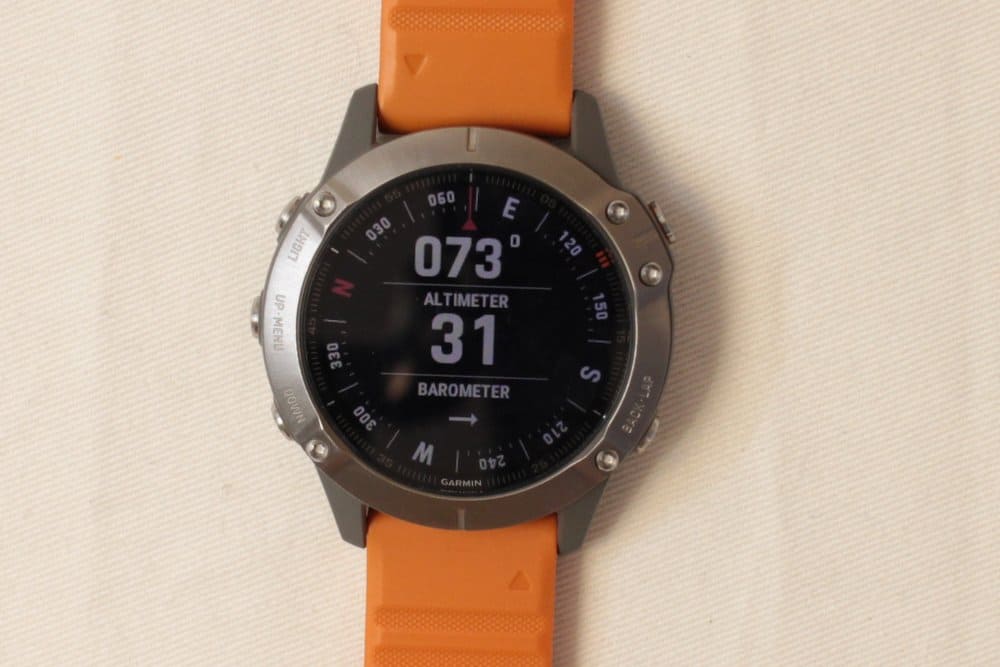
Verdict
You just can’t go wrong with the Garmin Fenix 6 Pro/Sapphire
I think it’s very important to have the maps feature on the Fenix 6 and it’s worth paying the extra money for it.
The maps have brought me significant convenience and because the battery life of the Fenix 6 is fantastic, you can go on a century and still have battery left, even if you were tracking your exercise for the whole day.
Then there’s the superior analyses that the watches can give with the data just from its heart rate sensor. I can’t think of another watch that gives you such good coaching pointers. To add to that, I think the exercise routines that you can generate to prepare for a cycling race is also very useful to keep motivated.
Finally: ANT+. This is a standard used across many sports accessories and so it is a real pity that the Polar Vantage V doesn’t have it. But the Garmin Fenix 6 does, so it’s definitely more dynamic should you want to add some gadgets to it whether it’s a crank power meter or a temperature sensor.



